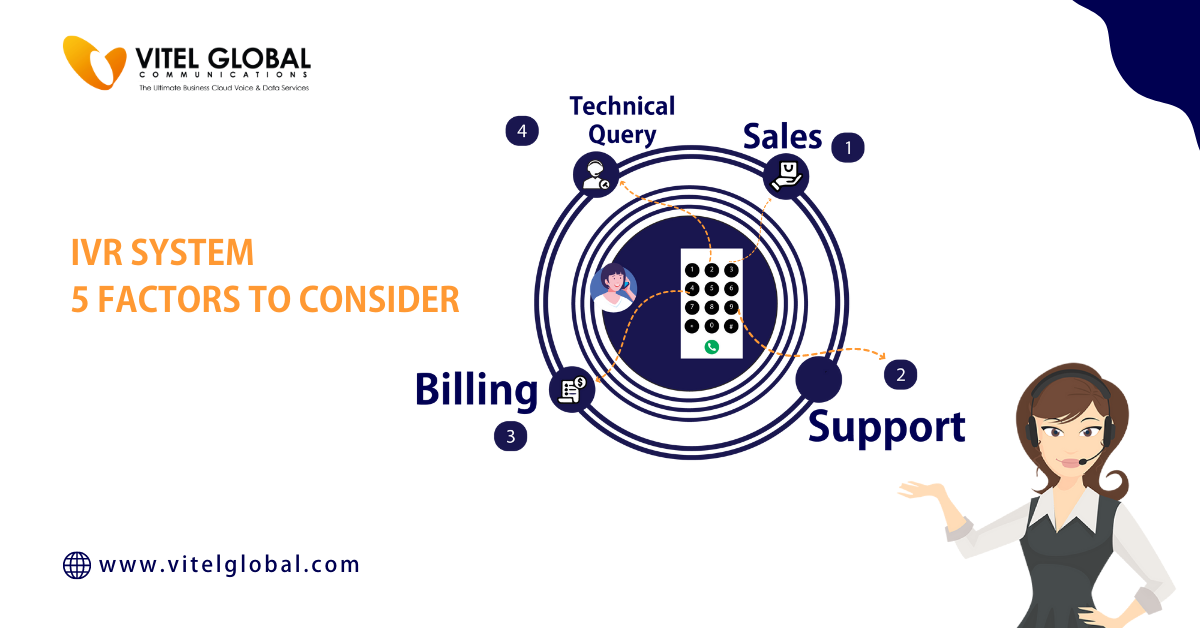Predicting the Future of Contact Centers: Trends

5 min read
Contact centers have been in a state of constant evolution ever since their inception. Production technologies such as virtual assistants and chatbots have led to a paradigm for the contact center industry and businesses that partner with them. There is no shortage of changes to come. If you are in the customer service industry, these changes will impact you.
A call center’s specific goal is to provide high-quality customer service seven days a week, twenty-four hours a day, using highly trained agents and an integrated suite of software applications.
Customers expect and deserve superior service in return for their loyalty to the company they are doing business with.
Future of Contact Centers and their Trends
Cloud Communication
Cloud communication delivers computing services, including applications and storage, but not limited to those over the Internet, using remote servers accessed from various devices.
The intrinsic benefits of cloud communications are decreasing costs, improved efficiencies, and business agility. It can translate into reduced capital expenditures, reduced operating expenses, and improved IT security.
Cloud communications is an effective strategy for organizations to establish greater control over their IT environment while at the same time reducing or eliminating reliance on a single provider.
The advent of cloud-based technologies in the business allows customers to benefit from scalability, flexibility, and economy previously unavailable with traditional data center architectures.
Call center employees are in for exciting times! With the rapid growth of technology, more and more people have turned to cloud communication solutions by using voice, cloud video conference, and instant messaging. To stay ahead of the game and find a job that will keep them relevant in this fast-paced digital age, call center professionals should be learning new skills on how to use these tools offered by companies.
Artificial Intelligence
The trend of creating AI microservices wherein different processes and services perform various functions will continue to gain popularity. These microservices can be used within the customer service department ecosystem as well. For example, agents can be allocated multiple microservices taken care of by a machine learning algorithm or artificial intelligence (AI) pricing engine or risk engine. It allows them to have a continuous and faster customer service experience.
Robots already in many industries will become increasingly intelligent to fulfill customer service needs. Customer service AI will provide self-service, complex requests, and complex customer service inquiries from automated chatbots to smart virtual assistants. Virtual agents powered by AI will attempt to personalize customer communications by using customer data wherever possible.
Data Ingestion
The more data that can be ingested, the more accurate service orchestration will be. It will help to build better business intelligence and insight into their customers. Companies should focus on building up their customer service center data leads to facilitate a variety of use cases.
Personalization
Personalization is expected to drive customer experience and engagement. With the rise of chatbots, virtual assistants, and self-service channels, customers will increasingly expect personalized communication with brands and branded applications that provide relevant services suited to their needs.
Contextualization
Businesses will likely see a rise in contextualization and conversational marketing. Companies will have to provide customers with personalized experiences across touchpoints.
Social Media Evolving
The Social Web is changing how people interact with each other and the contact center operators that serve these customers. While you may be able to throw money at a problem, it’s not always the best solution. For example, analyzing follower numbers and engagement ratios could be more effective in measuring customer satisfaction. Because it serves up an illusion of knowledge by making it appear like you’re listening to your customers when only evaluating internal performance metrics.
Customer Data Platforms
A customer data platform is a database that integrates data from multiple sources and enables organizations to apply advanced analytics for business use. To drive intelligent customer service and improve customer experience. It can play an important role.
We’re seeing major shifts occurring, shifting from traditional phone systems to the business phone system. Companies engage customers in call centers and how those companies communicate with their customers as a result of this shift. The balance of power has shifted to customer service executives. And there’s a new emphasis on quality interactions.
IVR Automation
The future of contact centers is now with interactive voice response (IVR)—new trends influence customer service.
The software will play recordings to customers if they get stuck on the menu or need more information. When a customer calls in, an agent will answer the phone and address the customer’s needs. They set up future appointments and call back customers who left messages on their voicemail system.
These days businesses are trying to be more personal with their customers. Companies have been installing voicemail systems for their customers when they call.
Voicemail systems caught on in the industry because recording a customer’s voice within a voicemail box is possible. This voice can then be played back to an agent when working. It is a great way to keep track of customer concerns and ensure their needs are met each time they visit your business. However, this system has no real-time interaction between the customer and the agent, making it hard for the customer to receive real-time help from the company.
The advantage of using an interactive voice response system over a voicemail system is that it offers live interaction between agents.
A system has been created with many benefits over traditional voicemail systems. There are fewer costs associated with expensive call center management, and there is better customer service management. The system will play automated messages. The system also provides customer information to the agent while they are on their training and improving what they do because it will be done more often. IVR also answers the customers’ questions before they ask them. It will save the agents’ time and be more efficient.
UCaaS Trend
The rise in cloud computing and collaboration has led to new technologies that will transform how organizations communicate with customers and each other. Unified communications as a service enable enterprises of all sizes and industries to digitize their communication infrastructure through suitable platforms.
By using some tools, cost savings are achieved by reducing the complexity associated with maintaining traditional PBX systems while providing enterprise-class phone services at far less monetary expense than traditional solutions do currently. In addition, the system’s functionality is increased by several means, allowing for collaboration and communication internally and externally with customers.
Cloud-based unified communications, also known as UC, is a set of technologies that enable voice and video conferencing for different users to occur within the same conversation. The term is loosely defined due to the variation in technology. It may be referred to as a “communications platform” which covers telephony-based solutions such as VoIP integration and media solutions.
These technologies allow people working at home or across a wide geographical area to share audio and video conversations over the Internet. Unified communications solutions use several standard protocols, such as sip trunk service.
UC is based on the assumption that telephony and other media services can be accessed using a single protocol. Such as SIP trunk, regardless of the platform used for communication. Several technologies are needed to establish a connection over the Internet, for example, an IP phone system to enable UC services.
Conclusion
Contact centers are more competitive than ever, so it’s imperative than ever to stay ahead. Many organizations are finding call centers as the only way to survive is to embrace the opportunities. More customer interactions are happening with this service through digital channels. Many organizations are evaluating what it will mean to keep their contact center teams in place.
Stay ahead with the latest trends and insights. Future of Contact Centers
Boost performance and enhance productivity
Published: March 31st, 2023
Subscribe to Our Latest Updates
Get monthly product and feature updates, the latest industry news, and more!







